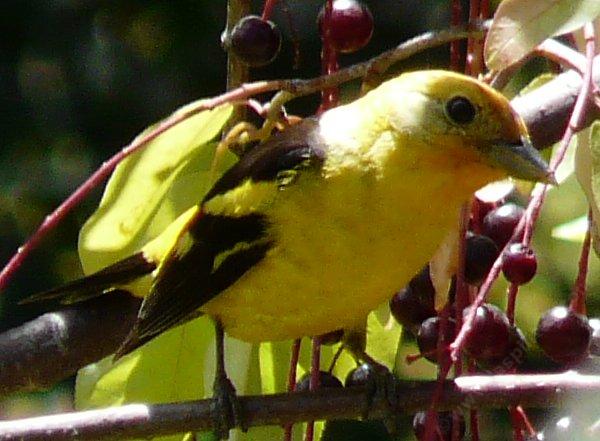
Coffee Beans Are Good For Birds And Promote Biodiversity
Coffee Beans Are Good For Birds And Promote Biodiversity
- Shelli Galici
- 26-02-2018
- 29-07-2025
- 2747 views
- Coffee Tips, Featured Articles, How To's

It’s no secret to us how was coffee discovered, all thanks to the Ethiopian goat herder Khaldi, who found his goats frolicking and full of energy after eating the red fruit of the coffee shrub. With this Ethiopian legend, it was proof that coffee is not only for humans but also edible to eat for animals.
A new study has recently reported, how coffee can support biodiversity. The study, that was published recently in the in the journal Scientific Reports, says nothing of the environmental waste of K-cups. But the results do suggest that no matter the bean you choose, coffee growing is good for biodiversity—as long as it’s grown in the shade.
The study was made to find out the impact of coffee on animals, researchers examined the abundance of 204 species of birds, including at-risk species like the Nilgiri wood-pigeon, from 2013 to 2015 on coffee plantations in India. They focused on the mountainous Western Ghats region, where the two most popular varieties of coffee (arabica and robusta) beans grow as bushes under large trees.
Because of this study, researchers found out that neither Arabica or Robusta coffee beans have positive effects on species richness. Based on the researcher’s finding the most important in supporting biodiversity are the trees around the shade-grown coffee plants. The foliage makes for a great habitat for not only birds but also butterflies and amphibians, adding to the evidence that shade-grown coffee is better for the environment.

IMAGE courtesy of Adven Photo | Aricari bird eating coffee beans
According to the International Coffee Organization, India is the seven-largest producer of coffee in the world. And much of the coffee grown in the mountainous regions form only short bushes that flourish in the shade of taller trees. But that isn’t the case everywhere. In South America, for example, coffee plants often grow as large as trees in full sun, explains Krithi Karanth, associate conservation scientist with the Wildlife Conservation Society and one of the study’s lead authors, reports the Times.
According to the NPR story in 2010 “50 years ago, almost all coffee was grown in the shade, most of it in rainforests.” But later on, farmers found out that growing trees in direct sunlight could boost production. Hence growing coffee trees in direct sunlight is very effective for farmers, but it has a negative impact making coffee farming harmful to the environment than ever before, according to a 2014 study. ON the other hand, they found that shade-grown trees provide a habitat for native wildlife, including corridors for migrating birds to make their way through the dwindling forests.
“In study after study, habitat on shade-grown coffee farms outshone sun-grown coffee farms with increased numbers and species of birds as well as an improved bird habitat, soil protection/erosion control, carbon sequestration, natural pest control and improved pollination,” according to a 2010 review from the Smithsonian Migratory Bird Center. The organization analyzed more than 50 studies spanning 15 years and various continents.
Jai Ranganathan, a conservation biologist not involved in the research, tells the Times’ Weintraub that the latest study is evidence that farming is not incompatible with wildlife protection and that humans and nature can thrive together. The study could also have implications for other parts of the world where shade-grown coffee is cultivated, Karanth tells the Times. “As long as people keep trees on their land, birds will be fine,” she says.
Source: smithsonianmag.com






















